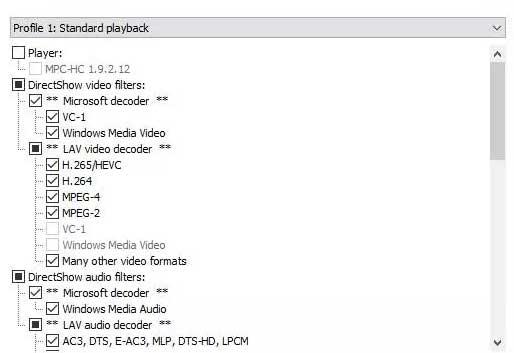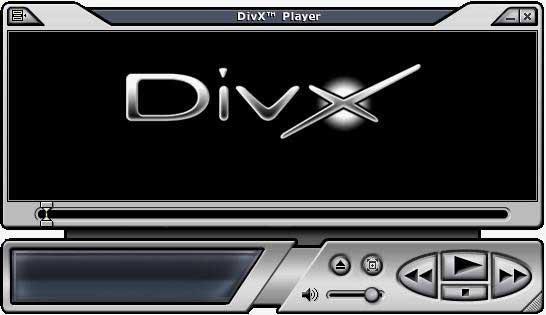The reproduction of all kinds of multimedia content in the form of videos and music is currently the order of the day. But it was not always like this, this is a sector that has evolved over the years until it reached the current streaming platforms and 4K content. Likewise, we cannot forget the multiple local file formats that we play on our computers and their codecs, such as the DivX that we will talk about.
Until now, multimedia playback on computers has changed substantially and has adapted to current times. It is possible that the most veteran of the place remember that on certain occasions years ago we had to do real watermarks to watch videos or listen to music. Both the availability of applications for all of this, as well as the file formats, were many steps behind what we have today.
For example, at the turn of the century, about 20 years ago, the then-popular DivX video codec was on everyone’s lips. It is quite likely that many of you still remember how much talk was made about the possibility of saving an entire movie on a single CD using this encoding.
Distinguish a codec from a file
Although it seems quite common now, at that time being able to watch a 2-hour video, in acceptable quality and saved on a CD, was quite a feat. At this point, the first thing we must take into consideration is that we cannot confuse a file format with a video codec. When we talk about a codec, we are referring to a certain algorithm that allows encoding and decoding a type of content, for example, the aforementioned videos.

Hence, after two decades we can say that this particular codec was a real revolution in the audiovisual sector. The main reason for all this is that it would allow us to compress these contents effectively, maintaining an acceptable video quality at that time. Thus, as we told you, we had the possibility of storing a complete movie on a simple CD, which allowed us to forget about the expensive DVDs of that time.
But of course, all this caused the piracy of content subject to copyright to skyrocket. In addition, at the same time and in parallel, the Internet did not stop growing and improving the connections available in homes. As you can imagine, P2P networks and torrent files also played a fundamental role in the life of the DivX codec.
What happened to DivX
As a curiosity, we will tell you that this codec was invented in France in 1999 when a software developer tried to compress a Microsoft video. When trying to optimize its compression, it hit the key and from there the aforementioned DivX arose. From there arose the company called DivXNetworks Inc. The purpose of the company, initially was to create an MPEG-4 codec but that was equally compatible with Microsoft’s.
Shortly after, OpenDivX was released, an open source project that offered us certain restrictions regarding its use. Also, in 2001 an employee of DivXNetworks created a new version of the OpenDivX encoding algorithm which he called encore2, but which disappeared after a short time. In parallel, shortly after the Xvid codec appeared under the GNU license, which I’m sure many of you are also more than familiar with. Both DivX and Xvid revolutionized the sector of multimedia content consumption for a long time.

However, as is usual in the world of technology, more effective and powerful relays appeared over the years. Hence precisely that little by little the use of these two elements so well known at the time was declining. Today the company continues to update some components such as its player called DivXSoftware, but the codec as such has almost been forgotten to give prominence to other more current and effective options.












